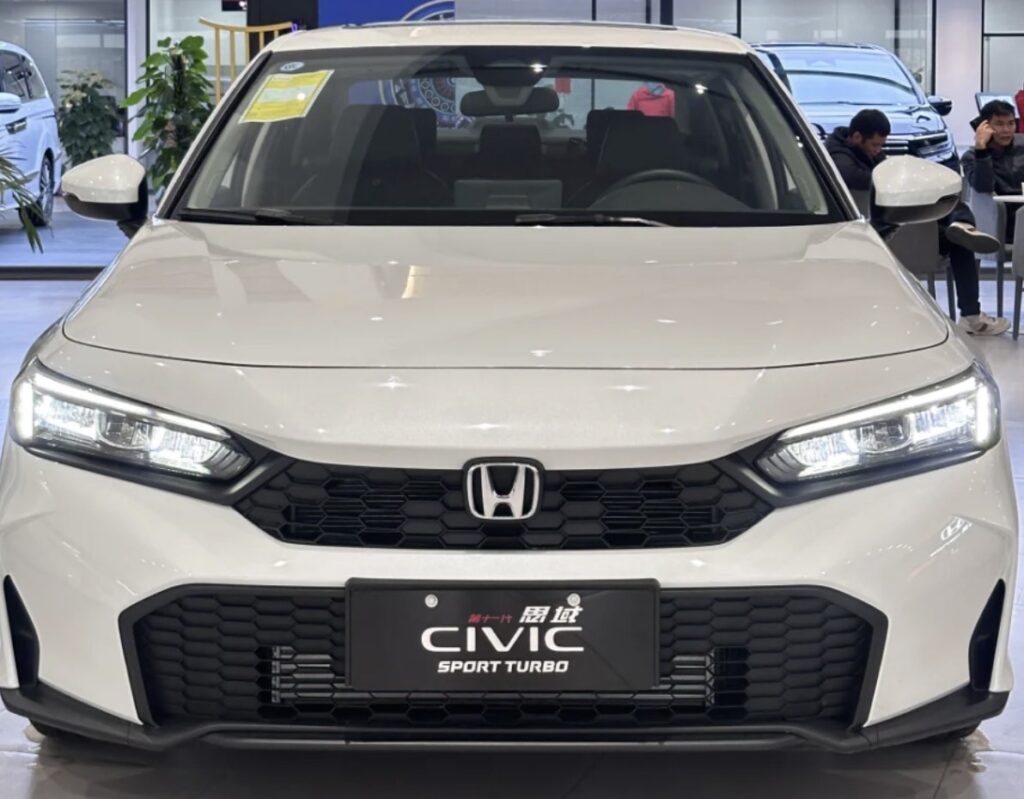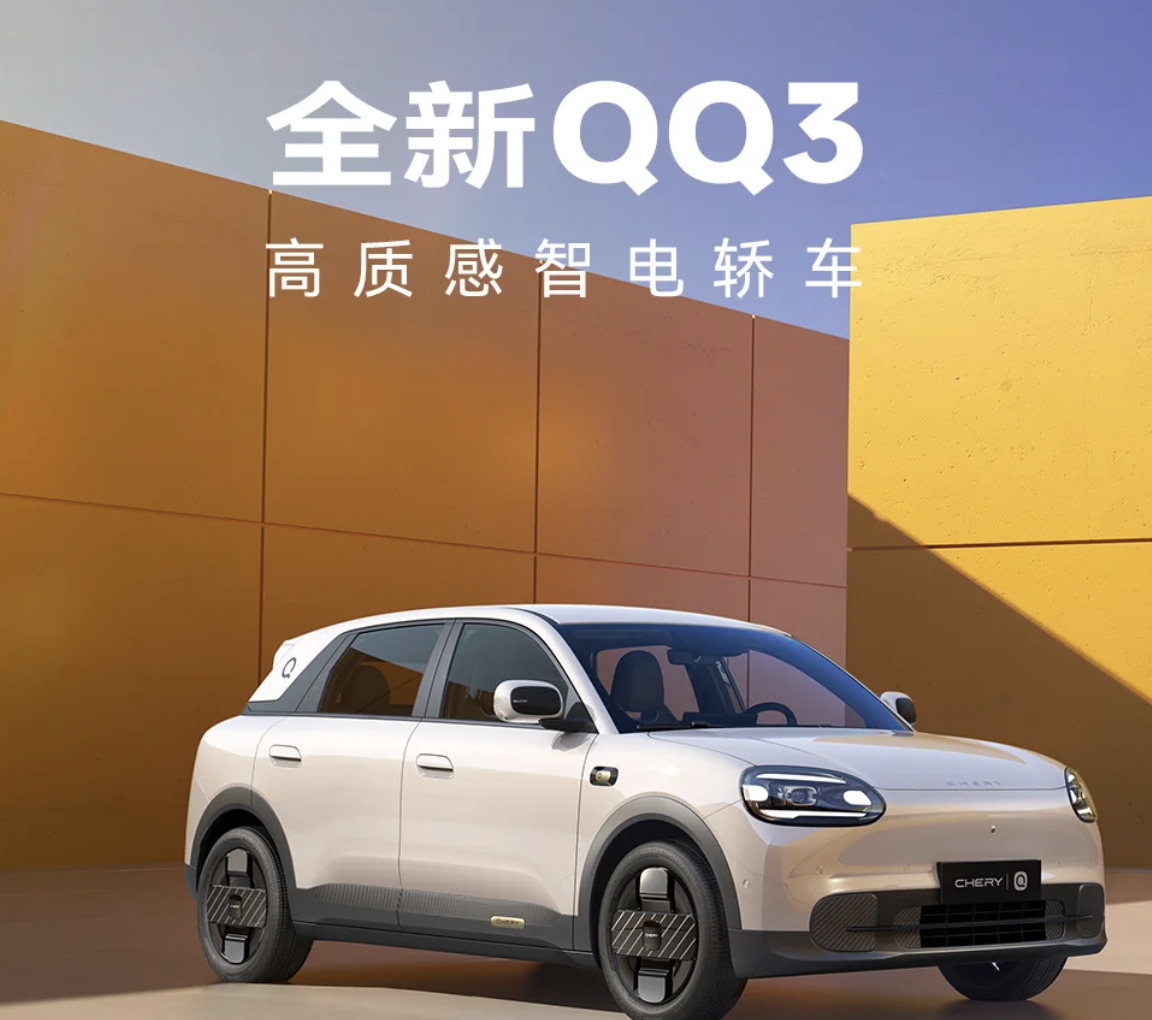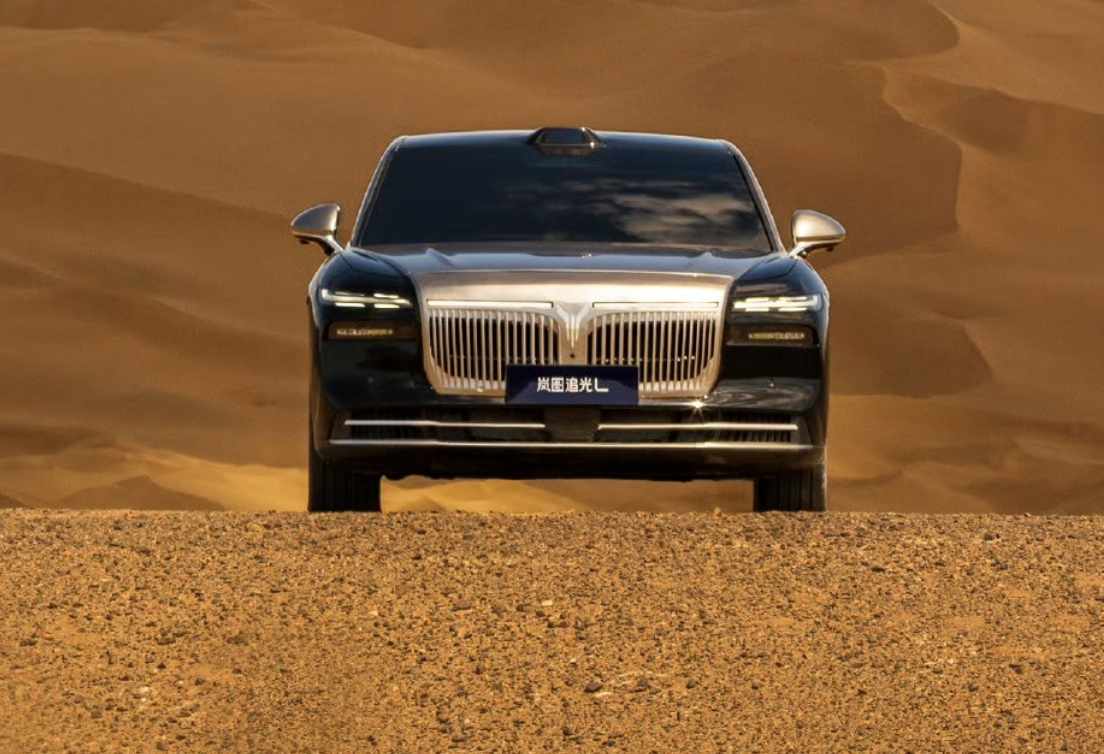On September 5, Dongfeng Honda officially announced that the Civic will be offered at a limited-time starting price of RMB 89,900, with an additional trade-in subsidy of up to RMB 15,000 available under national or local programs. For reference, the current Civic is priced between RMB 129,900 and RMB 177,900, meaning discounts can reach as high as RMB 40,000.

The Civic is Dongfeng Honda’s compact sedan. The new model was launched on March 1 with eight variants, priced from RMB 129,900 to RMB 177,900, available in both hatchback and sedan versions. The updates mainly target styling and configuration. At the front, the new Civic adopts redesigned honeycomb grilles with a sharper overall look. Fog lamps have been removed in favor of two aerodynamic ducts, adding a sportier feel. Dimensions are 4,674/1,802/1,415 mm with a 2,735 mm wheelbase.
Inside, the new Civic largely continues the design of the outgoing model, featuring a full LCD instrument panel, a three-spoke multifunction steering wheel, a floating central display, and贯穿式 air vents. Powertrains remain unchanged: the gasoline version is powered by a 1.5T engine producing 182 hp (134 kW) and 240 Nm, paired with a CVT. The hybrid model uses a 2.0L naturally aspirated engine with a system output of 203 hp (149 kW), matched with an e-CVT.
As one of Japan’s “big three” automakers, Honda is facing mounting challenges in China. From January to August 2025, Honda’s cumulative retail sales in China were 413,310 units, down 21% year-on-year. In August, sales stood at 53,339 units, a 6.3% decline compared with the same period last year.
The rapid rise of the domestic NEV market has severely impacted Honda’s fuel-focused product portfolio. Compared with Chinese EV makers, Honda’s NEV offerings lag in range, charging speed, and intelligent driving assistance. From January to July 2025, Civic sales totaled 30,127 units, averaging only 3,000–4,000 per month.
Looking ahead, joint-venture brands like Honda still rely heavily on fuel vehicles to support sales. Price cuts may be the most effective way to defend market share, as new model launches and aggressive pricing dominate China’s auto market. However, despite the temporary boost, steep discounts have so far failed to reverse the long-term downward trend in fuel vehicle sales.



